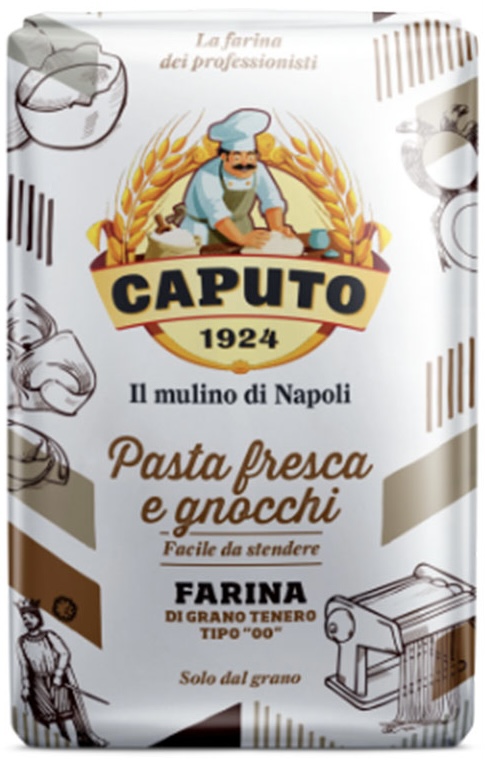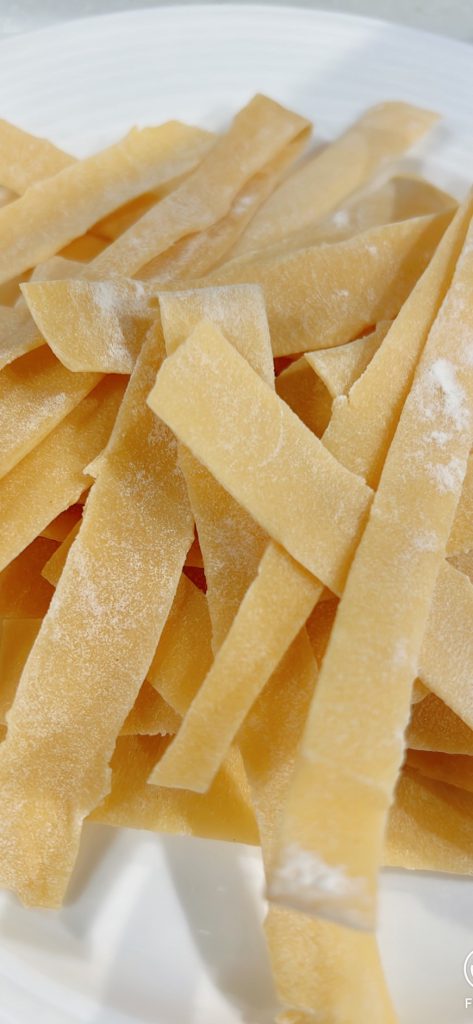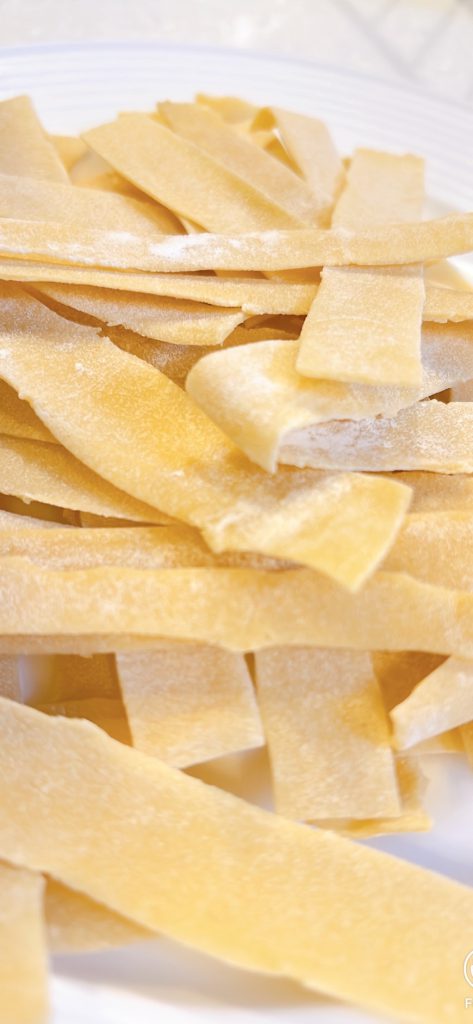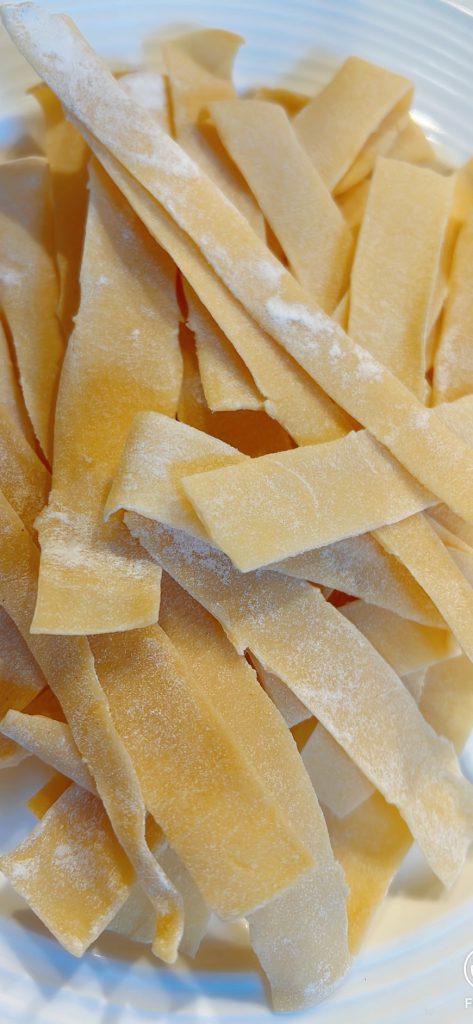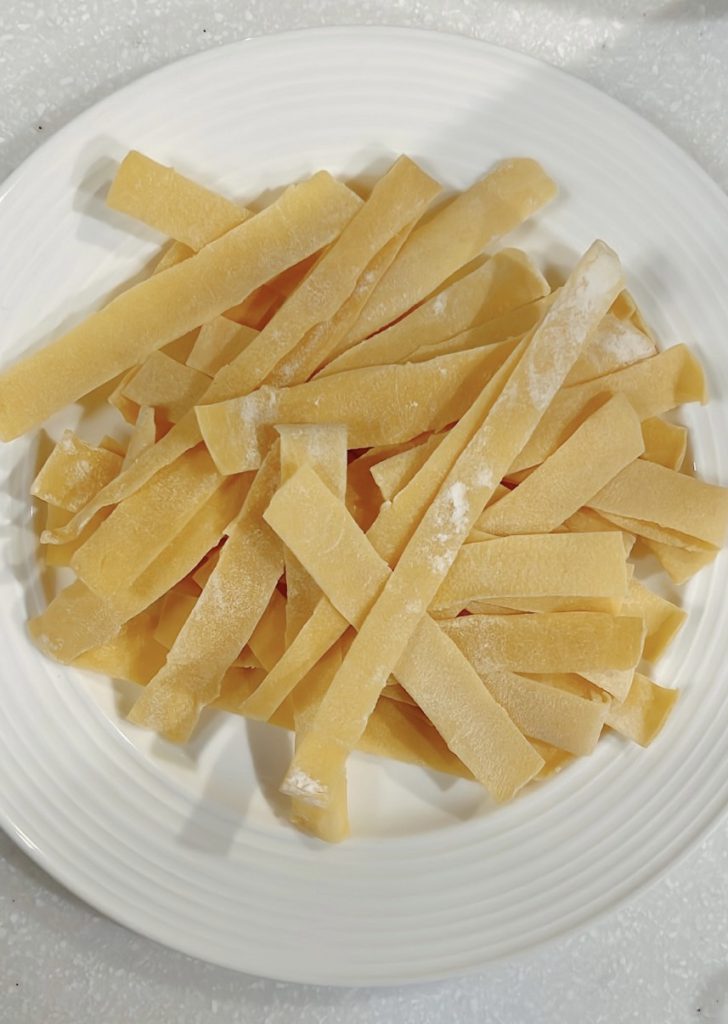Dear Regular Newsletter Readers,
Welcome to this week’s edition of our newsletter and as always I hope it finds you in good health and excellent spirits.
The readers that click open my newsletter contributions will know that one of my passions in life is cooking and baking as I frequently post pictures of the dishes and items of confectionery that I make; I also post the occasional recipe together with a poem or two to try to compliment the food I make.
Very recently, I took a trip to the National Azabu Supermarket in Hiroo and I bought a selection of imported Italian flours, actually 4 types that I have never used before, so it was rather an exciting trip out. If like me you make your own fresh pasta and dabble a bit in pizza making the name Caputo will probably not be a new name to your ears. Caputo flour is a very popular Italian flour that is used for making bread, pasta, pizza and sweet pastries and as far as I am aware almost all pizzerias use this make of flour because it does exactly what it says on the bag.
Usually, I use semola or semolina flour when I make fresh pasta, but the other day I used one of my newly purchased flours which is a new type of 00 flour that is specifically recommended for making fresh pasta and gnocchi (see picture of flour type attached) and I have to say I was quite impressed indeed. I normally make 400 grams of fresh pasta which consists of 400 grams of flour, 4 medium sized free range eggs and a couple of generous pinches of salt. I found using the flour that I am recommending to you all in this article to be a fair bit easier to work with than semolina, I found it came together a lot easier to make a dough and after resting it was easier and of course quicker to roll out to the required thickness. The texture at the end of kneading the dough and leaving it to rest was more elastic when compared to using semolina and also just the regular 00 flour, so as already mentioned it was a delight to work with.
Typically, when I have formed my dough I leave it to rest for an hour or so in a bowl with a damp cloth placed over the top of it, usually in a place where the temperature remains constant which is normally in the oven. I then cut the pasta dough into manageable pieces that match the surface area on my countertop that I have to work on and I roll it out to the required thickness and cut into pasta strips. I normally make pappardelle which are flat strips of pasta that are between 2~3cm wide, I then hang the pappardelle strips on a pasta rack that my wife and kids bought me for Christmas and I let it dry at room temperature overnight. During the night, air and gravity join forces which often results in some of the dried pappardelle having fallen off the drying rack and on to the kitchen countertop by the time morning comes around, but that’s just a normal happening and the pasta that falls off gets put into an airtight container along with the rest of the pasta. Incidentally, 400 grams of flour and 4 eggs mixed together yields just over 500 grams of dried pasta.
Dried homemade pasta usually takes about 8~10 minutes in boiling water to get to that al dente texture; I normally transfer my pasta into whatever sauce I have made after about 6 minutes of boiling to allow it to better absorb the flavours of the sauce as it continues to cook to al dente.
Unfortunately, I don’t have time to tap out my favourite Gorgonzola sauce recipe for you which works fantastically well with pappardelle, but I’ll come back to that one on another day. For all you fresh pasta makers out there, I would definitely recommend that you give the Pasta Fresca e Gnocchi flour a go the next time you put on your pasta making apron and chef’s hat as I believe you will be highly delighted with the end product.
That’s all from me this week, have a good weekend and I’ll hopefully have something else for you to read this time next week.
